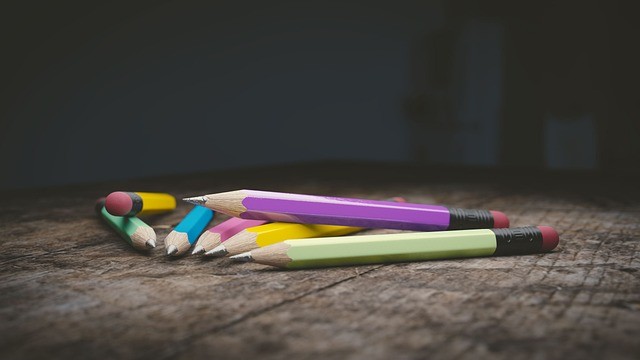Choosing the right pencil for your artistic needs involves understanding various pencil types, lead grades, and the effects they produce. Here’s a comprehensive guide to help you select the perfect pencil for your artistic endeavors:
1. Pencil Types:

- Graphite Pencils: These are the most common and come in various lead grades. They are great for everything from sketching to detailed work.
- Colored Pencils: These contain colored cores made of wax, pigment, and binders. They’re ideal for adding vibrant color to your drawings.
- Charcoal Pencils: These pencils contain compressed charcoal and are great for creating rich, dark tones and dramatic effects.
- Mechanical Pencils: These have a fine lead that’s extended as needed. They’re precise and useful for detailed work.
- Watercolor Pencils: These pencils have water-soluble cores that can be blended with water to create watercolor-like effects.
- Pastel Pencils: These pencils have a pastel core in pencil form, allowing for controlled application of pastel pigments.
2. Lead Grades:
- Pencils are graded by the hardness of the lead. H stands for hard, B stands for blackness, and F stands for fine point.
- Hard Pencils (H): These pencils have harder leads and lighter marks. They are suitable for fine lines, technical drawing, and light shading.
- Medium Pencils (HB, F): These are versatile pencils for general drawing, writing, and shading. HB is the standard middle grade.
- Soft Pencils (B, 2B, 4B, 6B, etc.): These pencils have softer leads and produce darker marks. They’re ideal for shading, sketching, and creating rich contrasts.
3. Techniques and Effects:
- Hatching and Cross-Hatching: Use a range of pencils from H to B for creating various shades using lines that run in one direction or cross each other.
- Smudging and Blending: Softer pencils like B and 2B are great for smudging and blending to create smooth transitions.
- Stippling: Use a very sharp pencil to create small dots for shading and texture.
- Scumbling: Create texture by scribbling with a pencil on the paper’s surface.
- Highlighting: Use harder pencils to add highlights by lightening areas of your drawing.
- Layering: Combine different pencils and lead grades to layer colors and create depth.
4. Paper Selection:
- The type of paper you use can affect how the pencil performs. Heavier, textured paper can hold more layers and create more texture.
5. Experimentation:
- Don’t be afraid to experiment with different pencils and techniques. Every artist has a unique style, and you’ll find what works best for you through trial and error.
Ultimately, the right pencil depends on the effect you want to achieve and your personal preferences. It’s a good idea to have a variety of pencils in your toolkit to cater to different artistic needs.










